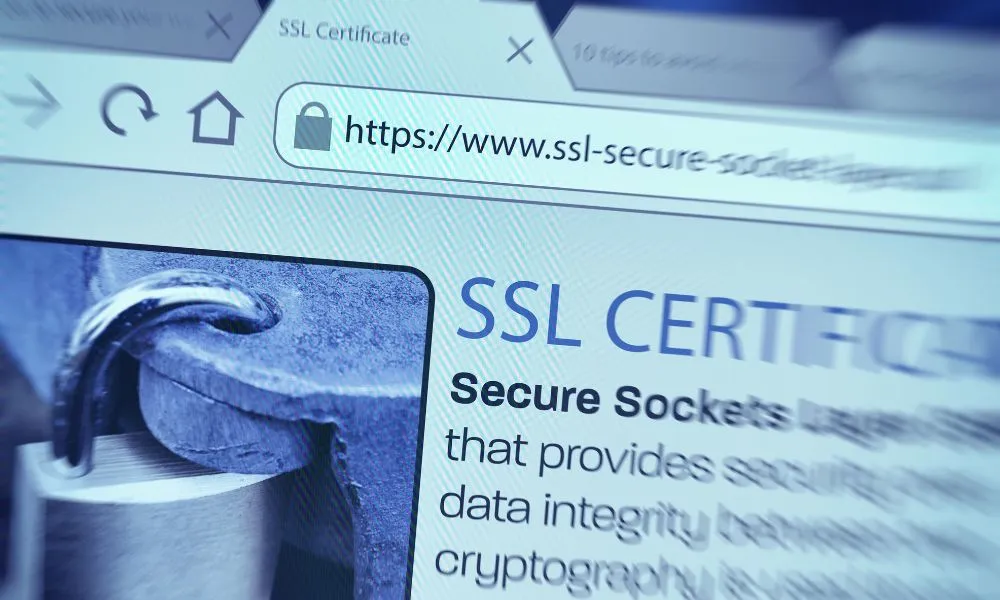When visitors land on your website and see warnings such as “Your Connection is Not Private” or “Connection Not Secure”, their trust in your brand immediately takes a hit. In most cases, they won’t continue browsing—and that means lost traffic, leads, and revenue.
SSL not working problems are common but entirely fixable. This guide walks you through the key steps to diagnose and resolve HTTPS issues, ensuring your site remains secure, fast, and credible.
1. Check Your SSL Certificate
Start by verifying that your SSL certificate is valid and installed correctly. Expired or mismatched certificates are the most frequent cause of browser security alerts.
- Confirm the domain name on the certificate matches your site.
- Check the expiration date and renew it before it lapses.
- Use tools like SSL Labs to test certificate validity.
- Ensure intermediate certificates are included to complete the trust chain.
Once renewed or reinstalled, restart your server and clear browser cache so the new certificate is recognized immediately.
2. Review Your Server Configuration
If the certificate is valid but errors remain, investigate your web server settings.
- On Apache, check the
ssl.conffile; on Nginx, checknginx.conf. - Make sure the certificate, private key, and CA bundle paths are correct.
- Disable outdated protocols like SSLv3 and TLS 1.0—stick to TLS 1.2 or TLS 1.3.
- Confirm DNS records (A/AAAA) point to the correct server.
- Review firewall and security rules that could interfere with SSL handshakes.
Checking logs can help you pinpoint whether the server is actually serving the certificate correctly.
3. Install SSL Properly and Avoid Mixed Content
During installation, administrators sometimes forget the full chain or upload the wrong file type. Always include the .crt, .key, and CA bundle files. Many hosting panels offer automated tools, but if installing manually, double-check file paths.
Also, eliminate mixed content errors—when your page loads some assets over HTTP instead of HTTPS. Update internal links, scripts, and images so everything uses secure https://.
4. Test Across Devices and Browsers
Just because your site loads fine on Chrome doesn’t mean it’s error-free everywhere.
- Test on Safari, Firefox, and Edge, as each browser uses different certificate stores.
- Check SSL compatibility on mobile devices (iOS and Android).
- If your site supports apps or APIs, confirm that SSL works across those integrations too.
For mobile users, performance is critical. Use a CDN, compress files, and ensure SSL does not slow down load times.
5. Optimize for Speed and Compatibility
SSL isn’t just about encryption—it affects user experience.
- Use HTTP/2 for faster multiplexing and lower latency.
- Remove unnecessary redirects, since each adds another SSL handshake.
- Build with responsive web design, ensuring HTTPS pages render properly on every device.
The goal is not only to secure your site but to keep it fast and seamless.
6. Stay Proactive with SSL Maintenance
SSL is not a one-time setup—it requires ongoing care.
- Set reminders for renewal at least 30 days before expiration.
- Automate renewal if your hosting provider supports it.
- Re-test after renewing, migrating servers, or updating firewalls.
- Securely back up your private keys—never share them via email.
- Document SSL changes for accountability and future troubleshooting.
Routine testing after updates ensures no disruptions in encryption or performance.
7. Know When to Call Experts
If SSL troubleshooting starts cutting into your productivity, professional help is a smart investment. An experienced web designer Dubai or IT security consultant can:
- Fix SNI misconfigurations, wildcard conflicts, or CDN compatibility issues.
- Balance encryption with performance optimization.
- Advise on the right certificate type—DV, OV, or EV—for your business.
- Implement long-term strategies for SSL and overall site security.
For businesses handling sensitive user data, relying on certified experts ensures compliance, stability, and peace of mind.
Conclusion
SSL errors are more than a technical nuisance—they directly impact trust, conversions, and brand reputation. By validating certificates, configuring servers correctly, testing across devices, and keeping up with maintenance, you ensure a smooth, secure browsing experience.
Think of SSL as an ongoing investment in credibility and performance. Addressing HTTPS issues quickly not only protects your visitors but also strengthens your digital presence for the long run.


